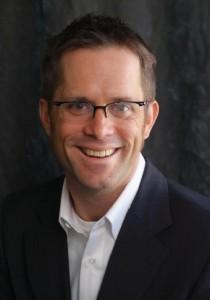Vidya Sethuraman
India Post News Service
From the local level to the national, California is in the middle of redrawing all district lines. It’s a process that happens every ten years. For the first time ever, California is losing a congressional seat. Experts say it will likely be carved out of Los Angeles County, where the population grew more slowly than the rest of the state. As California grows ever more diverse, how will the state redraw electoral boundaries to keep pace with 2020 Census data on demographic shifts and ensure that every Californian has equal representation at all branches of government

In the EMS briefing on Oct 11 experts discussed how the redistricting process works, who draws the lines not only for state and federal election districts but also for hundreds of municipal districts, and why public input about the communities and issues that matter to them is so critical.
Paul Mitchell, Owner of Redistricting Partners and Vice President of Political Data, is a national expert on redistricting and demographics said California’s current population growth is slow, and there is a chance that it will benefit minorities in the repainting; although the minority population has increased, it is relatively scattered, while the increase in Asian groups is more concentrated.
He said that the committee attaches great importance to listening to the voices of ethnic minorities. He cited the scores of constituencies in Koreatown in Los Angeles and the Cambodian community in Long Beach as examples. He said that minorities succeeded in obtaining scores in their favor because they actively participated in committees and public hearings.
Sara Sadhwani, Commissioner for the California Citizens Redistricting Commission said participation is very important. She revealed that the committee is now reviewing and collecting testimonies from different communities. The committee provides services in different languages. People can call the committee to express their opinions to truly understand the needs of the local community.
Linda Akutagawa, California Redistricting Commissioner, President and CEO of LEAP shared her experience of participating in the committee. She believes that more leaders are needed to represent diverse communities. She also hopes that everyone will pay attention. Fair representation will help minority neighborhoods have access to funding and resources.







